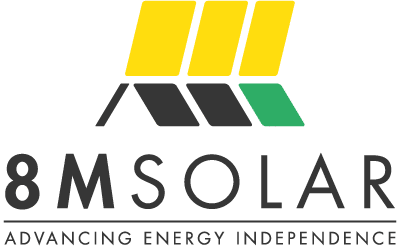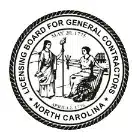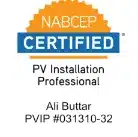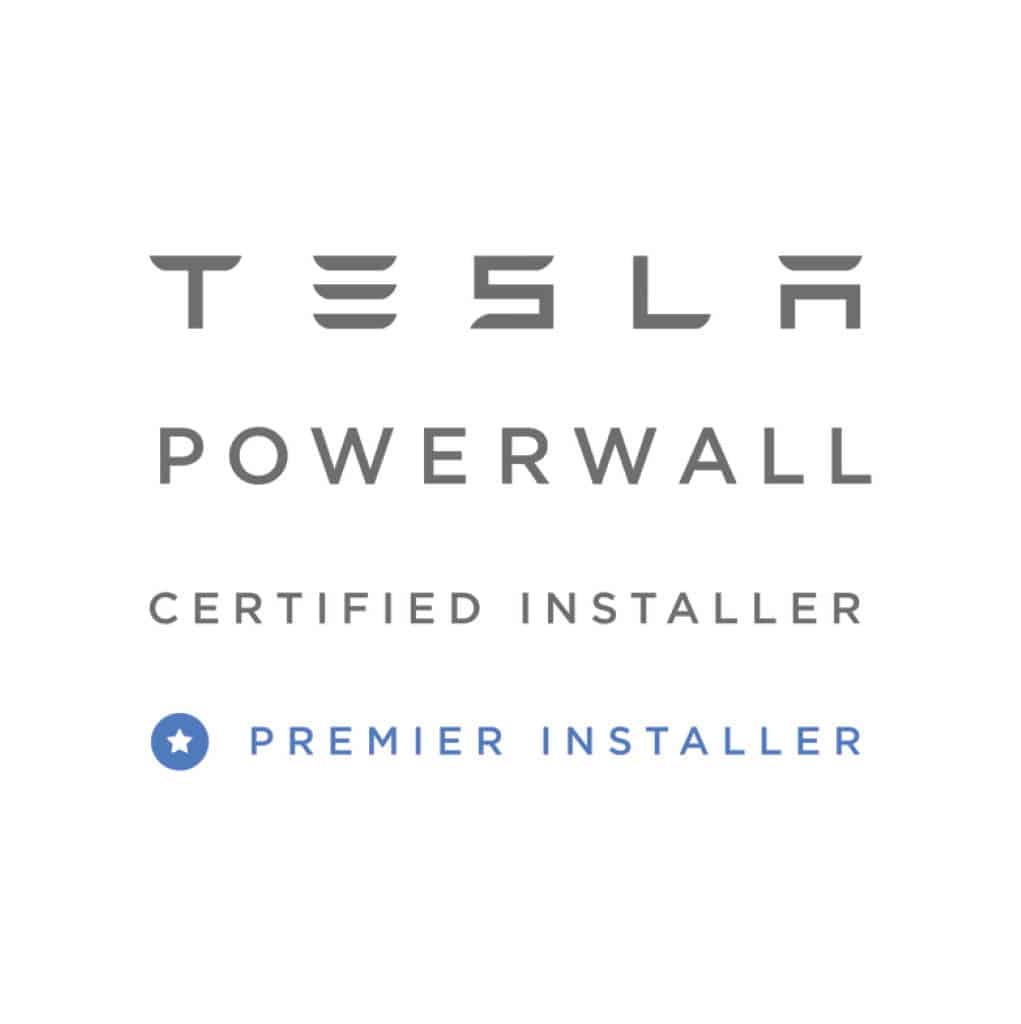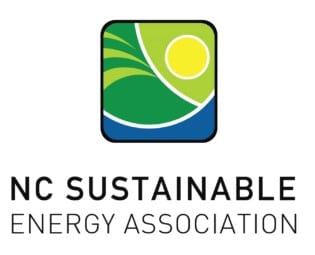Mission Solar Panels has gained recognition for producing high-efficiency, top-quality solar panels, proudly manufactured in the U.S.A. Known for their commitment to American-made products, Mission Solar offers solar panels at an attractive price point of $2.45 per watt, which is competitive within the industry, especially considering their efficiency and durability.
In this article, we will look into the specifics of Mission Solar Panels, providing a comparison with other popular solar brands. This comparison aims to help you assess whether Mission Solar’s panels are the right choice for your home, considering factors like efficiency, durability, cost, and warranty.
Key Points
- Company Profile: Mission Solar, established in 2014 in San Antonio, Texas, is known for its American made panels with adherence to high manufacturing standards and compliance with U.S. regulations.
- Product Lines: They offer two main lines: MSE PERC 66 and MSE PERC 72, featuring p-type monocrystalline cells with efficiency ratings between 18% and 19.9%.
- Performance and Durability: The panels have a power tolerance of -0/+3%, high PTC ratings for real-world conditions, and are built to endure various environmental stresses.
- Warranty Details: Mission Solar provides a 25-year production warranty and a 12-year product warranty, with a slightly higher than average annual degradation rate of 0.7%.
- Cost and Customer Satisfaction: Their panels are competitively priced ($0.60 to $0.70 per watt before installation) and have received positive customer feedback.
Who is Mission Solar?
Mission Solar Energy, founded in 2014 in San Antonio, Texas, has established itself as a player in the solar energy industry. It is now the fourth-largest manufacturing company in San Antonio, employing over 400 local workers. The company’s strong presence in the U.S. allows it to benefit from important regulations and exemptions like compliance with the Buy American Act and the Recovery and Reinvestment Act, which guarantees that its products are manufactured domestically.
One of the advantages for Mission Solar is the exemption of its solar modules from the import tariffs imposed under Section 201, introduced during the Trump administration. This exemption allows Mission Solar to remain competitive in the global market by offering high-quality, cost-effective panels without the added burden of tariffs that can increase costs for manufacturers importing solar products from overseas.
Pride in their Texan roots is a core part of Mission Solar’s identity. The company’s commitment to quality manufacturing is evident at every stage of the production process. All incoming raw materials undergo thorough inspection to assure they meet the company’s strict standards and that no damage is done to the cells before the modules are assembled. This attention to detail extends beyond initial material inspections, as multiple quality checks are performed throughout the entire production process, securing that each panel is built to last.
In addition to their internal quality control measures, Mission Solar works with third-party testing organizations to evaluate their solar panels under various conditions. These independent tests assess how the panels perform in real-world scenarios, seeing that their products are reliable and effective in a wide range of environmental conditions. As a result, Mission Solar’s panels have been deployed in residential, commercial, and utility-scale projects, demonstrating their versatility and performance in diverse applications.
Through its dedication to maintaining high standards of quality and its focus on innovation, Mission Solar Energy continues to provide reliable solar solutions that meet the needs of homeowners, businesses, and large-scale energy projects across the country. The company’s solid reputation, local roots, and commitment to excellence make it a strong contender in the growing solar energy market.
Mission Solar Products
Mission Solar Energy provides a diverse array of solar panels suitable for both grid-tied and off-grid solar setups. A key feature of all Mission modules is their use of p-type monocrystalline solar cells.
Their product range is categorized into two main lines – the MSE PERC 66 Series, and the MSE PERC 72 Series.
MSE PERC 66 Black Modules
Mission Solar’s MSE PERC 66 Black Modules are an excellent choice for residential solar installations, offering power outputs ranging from 390 watts (W) to 400 W. These panels are designed with a sleek, all-black aesthetic, making them a popular option for homeowners looking for a clean and modern look for their solar arrays. The uniform appearance of the panels allows them to blend seamlessly with the roof, enhancing the overall curb appeal of the home. In addition to their visual appeal, the MSE PERC 66 modules provide high performance, converting sunlight into electricity while maintaining an attractive, uniform appearance.
MSE PERC 72 Modules
The MSE PERC 72 modules are built with larger-scale commercial and utility projects in mind. These panels, which consist of 72 solar cells, are significantly larger than the MSE PERC 66 modules, enabling them to deliver higher power outputs. The MSE PERC 72 panels typically produce between 425 W and 435 W, making them ideal for commercial applications that require higher energy yields. The increased size and output capacity make these panels an attractive choice for projects where maximizing energy production is vital. Whether used in solar farms, commercial buildings, or large-scale residential installations, the MSE PERC 72 modules offer a cost-effective solar solution for those seeking higher power generation.
Mission Solar Panel Specifications
Mission Solar’s panels are designed to meet the growing demand for residential and commercial solar installations. To better understand their performance, it’s helpful to compare their specifications against industry standards. Mission Solar panels are known for their high-quality materials and advanced cell technology. Their modules feature PERC (Passivated Emitter and Rear Contact) monocrystalline cells, which are known for delivering higher efficiency than traditional monocrystalline or polycrystalline cells. The MSE PERC 66 and MSE PERC 72 series each feature a power tolerance of -0/+3%, ensuring that each panel performs as expected, even in less-than-ideal conditions.
The panels are also designed to withstand various environmental factors, making them durable and long-lasting. With a power output range of 390 W to 435 W depending on the model, they provide a strong balance of efficiency and performance. When compared to other solar panel manufacturers, Mission Solar stands out for its commitment to quality, as well as its competitive pricing. Their panels are built to perform well in real-world conditions, and their solid warranties—25 years of performance and 12 years of product coverage—further solidify their long-term reliability.
By comparing Mission Solar’s specifications to the general standards in the solar industry, it’s clear that these panels offer excellent value for those seeking high efficiency and dependability, all while maintaining competitive pricing. Whether you’re considering solar for your home, business, or utility-scale project, Mission Solar provides reliable options for meeting your energy needs.
| Specification | MSE PERC 66 | SE PERC 72 |
| Power output | 390 W – 400 W | 425 W – 435 W |
| Efficiency rating | 19.4% – 19.9% | 18.3% – 19.8% |
| Cell type | P-type monocrystalline | P-type monocrystalline |
| Power tolerance | -0 ~ +3% | -0 ~ +3% |
| Warranty | 25-year linear warranty | 25-year linear warranty |
In terms of efficiency, Mission Solar modules align well with the broader industry benchmarks. Their modules exhibit efficiency ratings that span from 18% to 19.9%.
While Mission Solar panels may not be the absolute highest in efficiency compared to all available options, they rank well within the higher tiers of average solar panel efficiency. This performance is largely attributed to the inclusion of nine busbars in their mono-PERC cells. The nine-busbar design enhances electron flow across the cells, leading to better efficiency in converting sunlight into electricity. This design also helps minimize losses, optimizing the amount of energy each panel can generate even in less-than-ideal conditions.
Power Tolerance and Its Importance
Power tolerance is an important factor when assessing solar panels, as it indicates the potential variance in power output from the panel compared to its rated capacity under “Standard Test Conditions” (STC). A narrower power tolerance range generally suggests that the panel will operate more consistently at or near its rated capacity, making it more reliable over time.
Mission Solar panels have a power tolerance range of -0/+3%. This means that a Mission Solar panel will always meet or exceed its rated capacity, but it will never produce less power than its rated output. For example, if a panel is rated at 300 W, it will generate at least 300 W under STC, and it could potentially generate as much as 309 W, reflecting a 3% increase above its rated capacity. This positive tolerance is beneficial because it assures system owners that their panels will consistently perform at or above expectations, making them a dependable choice for both residential and commercial solar systems.
The -0% lower tolerance limit is advantageous as it suggests that Mission Solar panels are designed to perform well under real-world conditions. With less risk of underperformance, this indicates the panels are built with high-quality materials and manufacturing processes, guaranteeing their reliability. This level of dependability contributes to the long-term performance of solar energy systems, providing homeowners and businesses with more predictable energy generation and a solid return on investment.
While Mission Solar panels may not hold the absolute top spot in efficiency, their high power tolerance, advanced busbar technology, and durable construction make them a solid and reliable option for those looking to maximize the performance and reliability of their solar energy systems.
PTC Ratings
Solar panel specification sheets typically show performance under Standard Test Conditions (STC) in a laboratory setting. These conditions include a cell temperature of 25 degrees Celsius, solar irradiance of 1000 watts per square meter, and an air mass of 1.5. However, it’s rare for solar panels to operate under these exact conditions in real life.
PTC (PVUSA Test Conditions) ratings come into play here. They are conducted by independent laboratories to assess solar panel performance under more realistic conditions, such as higher temperatures, varying wind speeds, and reduced sunlight.
A high PTC rating indicates that a solar panel will function more effectively under real-world conditions compared to panels with lower PTC ratings. Mission Solar stands out in this regard, having the highest PTC ratings among American-made solar modules, even surpassing premium brands like Sunpower.
In terms of durability, Mission Solar modules are designed to endure higher pressures, making them particularly suited for areas with heavy snow or debris. Their ratings for fire, hail, and salt mist resistance align with industry standards, further demonstrating their reliability and strength in various environmental conditions.
Mission Solar Warranties
Mission Solar offers a comprehensive warranty that includes both a 25-year linear production guarantee and a 12-year product warranty.
The product warranty assures that the solar panels will be defect-free for 12 years, provided they are correctly installed and used. This warranty can be extended to 25 years if the panels are registered online with Mission Solar after installation.
The production warranty details how the output of the solar panels will diminish over time. In the first year, a Mission Solar panel’s production will not decrease by more than 3.0%. From the second year onwards, the annual reduction in panel production will not exceed 0.7%. By the end of the 25th year, the panel is guaranteed to perform at no less than 80.20% of its initial power capacity.
While the assurance of no more than 0.7% annual degradation from Mission Solar is commendable, it is slightly higher than the industry norm. Most solar panels experience a degradation rate closer to 0.5%, and some even have lower rates around 0.3%. Consequently, over the years, Mission Solar panels might degrade quicker and produce less energy compared to other solar panels in the market.
Cost of Mission Solar Panels
Mission Solar panels are priced competitively, particularly given their high-efficiency ratings.
Before accounting for installation costs, Mission panels are typically priced between $0.60 and $0.70 per watt. In comparison, other solar panels with similar efficiency levels, like certain Panasonic HIT panels and LG NeOn panels, are priced around $1.00 per watt. This represents a significant saving of nearly $0.40 per watt for panels with comparable specifications.
Including professional installation, the overall cost for Mission Solar panels averages around $2.45 per watt. This is slightly below the national average cost of $3.00 per watt for solar installations as of January 2023.
Therefore, a 6 kW solar system from Mission Solar would cost approximately $14,700 before applying the federal tax credit. With the 30% tax credit, the cost would reduce to about $10,290.
However, it’s important to note that the actual cost of installing Mission Solar panels can vary. Factors influencing the price include the size of the solar system, the choice of installer, and the specific Mission Solar modules selected for installation.
Should I Purchase Mission Solar Panels?
Mission Solar modules may not boast the highest efficiency ratings or the most extraordinary power outputs compared to some other leading solar panel manufacturers, but they still offer a solid option for homeowners considering solar energy. The panels are designed to provide dependable performance at a reasonable cost, making them an attractive choice for those looking to invest in solar without breaking the bank.
The company follows a rigorous manufacturing process to make sure their panels meet high standards of quality. This process includes thorough inspections of each component, as well as third-party testing to evaluate how the panels perform under different conditions. These quality checks ensure that homeowners receive durable, high-performance panels that will stand the test of time.
Degradation Rate Considerations
One potential concern for some homeowners may be the slightly higher degradation rate outlined in Mission Solar’s warranty. The panels are expected to degrade at a rate of 0.7% per year, which is higher than the industry standard of around 0.5%. This means that, after 25 years, Mission Solar panels will lose more of their power output compared to other panels with lower degradation rates.
This higher degradation rate is reduced by the panels’ superior real-world performance. Thanks to their strong design and advanced technology, including the use of mono-PERC cells with nine busbars, Mission Solar panels are built to withstand various environmental conditions. As a result, the panels tend to perform reliably over time, ensuring that the increase in degradation rate doesn’t significantly impact their long-term value or overall energy generation.
For homeowners, the combination of affordability, quality manufacturing, and dependable performance in real-world conditions makes Mission Solar panels a reasonable option for those looking to install a solar energy system that delivers solid returns on investment without the premium price tag.
Let 8MSolar Help You Decide
At 8MSolar, we have a team of solar experts committed to helping you install your dream solar system. If you’re feeling overwhelmed by all the solar panel brand options, let 8MSolar be your guide and help you find the best fit for your home.
